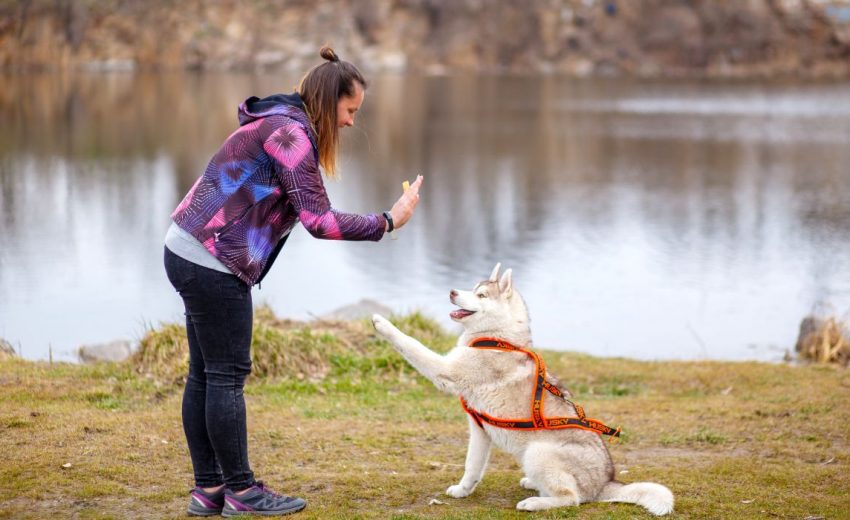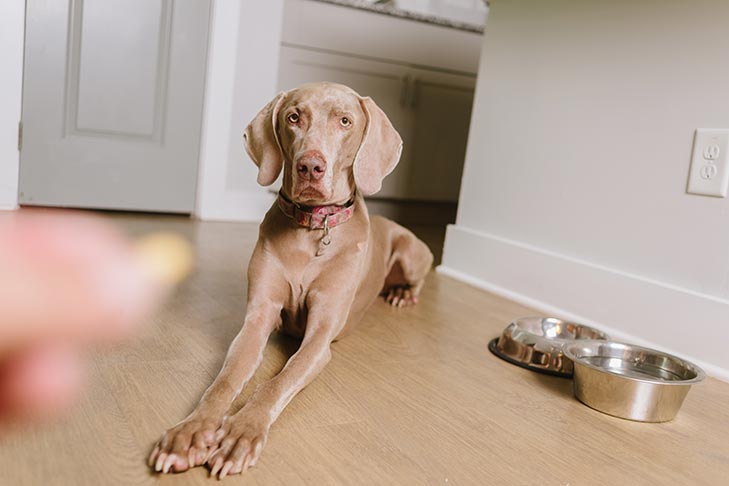Effective Dog Training Tips | Ultimate Guide for Beginners
Are you a beginner dog owner who is looking for effective dog training tips to help you train your furry friend? Dog training can be challenging, but it is an essential aspect of being a responsible dog owner. In this ultimate guide, we will provide you with tips and tricks to help you train your dog successfully.
Introduction
As a dog owner, it is your responsibility to train your dog to behave appropriately in different situations. Dog training is essential because it helps improve your dog’s behavior, making it easier for you to manage and control them. A well-trained dog is also safer and happier because they know what is expected of them.
Understanding Your Dog
Before starting training, it is essential to learn your dog’s personality and understand their body language. Knowing your dog’s personality will help you develop an effective training plan that caters to their specific needs. Understanding your dog’s body language will also help you communicate with them better, making training easier.
Setting Training Goals
Defining your training goals is crucial to creating an effective training plan. Your training goals should be specific, measurable, achievable, relevant, and time-bound. Consistency is also essential in dog training, so make sure you have enough time to train your dog regularly.
Basic Dog Training Tips
House Training
House training is one of the first training steps you should take when bringing a new dog into your home. It involves teaching your dog where and when to eliminate waste. You can start house training your dog by setting a routine, praising them for good behavior, and using positive reinforcement.
Crate Training
Crate training is an effective way to train your dog to stay in a confined space, such as when traveling. It also helps with house training and provides your dog with a safe space they can retreat to. You can start crate training your dog by introducing them to the crate slowly, using positive reinforcement, and gradually increasing the time they spend in the crate.
Leash Training
Leash training is crucial for the safety of both you and your dog. It involves teaching your dog to walk calmly on a leash without pulling or dragging. You can start leash training your dog by using positive reinforcement, gradually increasing the distance you walk, and correcting bad behavior using positive reinforcement.
Positive Reinforcement Training
Positive reinforcement training involves rewarding your dog for good behavior. It is an effective training method because it motivates your dog to behave well and reinforces their positive behavior. You can use treats, praise, and toys as rewards for good behavior, and avoid punishing your dog for bad behavior.
Negative Reinforcement Training
Negative reinforcement training involves removing something unpleasant when your dog exhibits good behavior. It is another effective training method that can be used alongside positive reinforcement training. For example, you can stop tugging on the leash when your dog walks calmly beside you.
Advanced Dog Training Tips
Obedience Training
Obedience training involves teaching your dog to respond to commands such as “sit,” “stay,” and “come.” It is a crucial training method that helps improve your dog’s behavior and creates a strong bond between you and your dog. You can use positive reinforcement and clicker training to teach your dog obedience commands.
Agility Training
Agility training involves teaching your dog to navigate obstacle courses. It is a fun training method that helps improve your dog’s physical and mental fitness. You can start agility training by introducing your dog to different obstacles, using positive reinforcement, and gradually increasing the difficulty level.
Tracking Training
Tracking training involves teaching your dog to track and find specific scents. It is a useful training method for hunting dogs and can also be used for search and rescue operations. You can start tracking training by introducing your dog to a specific scent and gradually increasing the difficulty level.
Protection Training
Protection training involves teaching your dog to protect you or your property. It is a specialized training method that requires a professional trainer. It is not recommended for all dogs, and you should only consider it if you have a specific need.
Clicker Training
Clicker training involves using a clicker to mark good behavior and reward your dog. It is a useful training method that can be used for obedience training, agility training, and other types of training. You can start clicker training by introducing your dog to the clicker, associating it with rewards, and gradually increasing the difficulty level.
Common Mistakes to Avoid
To ensure successful training, there are common mistakes that you should avoid, including:
- Punishing your dog for misbehaving
- Inconsistency in training
- Not enough socialization
- Lack of patience
Maintaining Your Dog’s Training
Maintaining your dog’s training involves consistent practice, positive reinforcement for good behavior, positive feedback for progress, and ensuring that the training fits your dog’s needs.
Conclusion
Dog training is an essential aspect of being a responsible dog owner. It helps improve your dog’s behavior, making them safer and happier. Understanding your dog’s personality, setting specific training goals, and using positive reinforcement are crucial to successful dog training.
FAQs
- When should I start training my dog? You should start training your dog as soon as possible, preferably when they are still a puppy.
- Can I train an old dog? Yes, you can train an old dog. However, it may take longer to train them compared to a puppy.
- How long does it take to train a dog? The time it takes to train a dog varies depending on the training method, the dog’s breed, and their temperament. It can take a few weeks to several months.
- What is the best method for training my dog? The best training method depends on your dog’s personality, breed, and specific needs. Positive reinforcement training is generally the most effective and humane training method.
- What should I do if my dog is not responding to training? If your dog is not responding to training, you may need to adjust your training methods or seek professional help from a dog trainer.
Read More:The Basics of Dog Care and Training




















